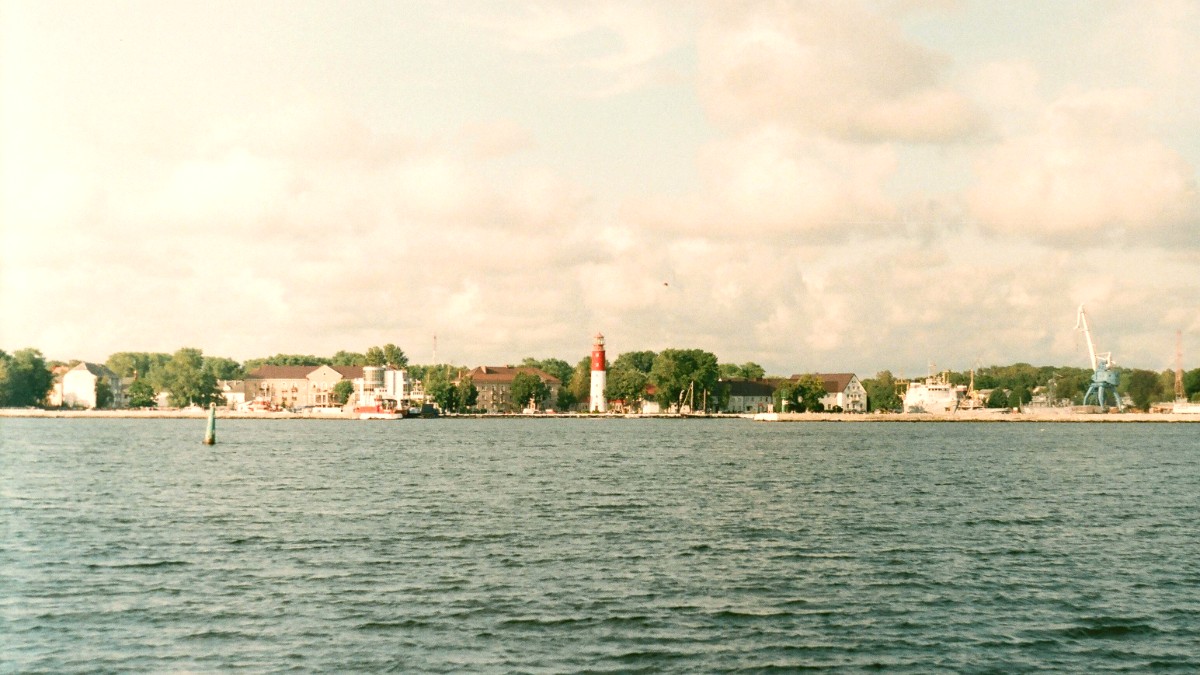
Germany
Kiel's public transportation is managed by Kieler Verkehrsgesellschaft (KVG). Unlike larger German cities, Kiel lacks a metro (U-Bahn) or tram system. The main mode of public transport within the city is a comprehensive bus network. This network covers the entire city, linking the city center with residential areas, major attractions, the university, and outlying districts. The city is organized into fare zones, but most tourist attractions are located within the central Zone 1.
The KVG system integrates the Fördeschiffe (fjord ferries), which operate on the Kiel Fjord. These ferries are not just scenic attractions but also a practical way to cross the fjord or reach destinations like Laboe or Strande. Some KVG tickets are valid on these ferries, making them an useful part of the public transport network.
Buy single tickets from the bus driver or KVG ticket machines. Use the KVG mobil app or DB Navigator app for digital purchases. Tickets from driver or app are generally pre-validated.
Main hubs are Kiel Hauptbahnhof and the adjacent central bus station (ZOB). Route maps are available at major stops, the KVG customer center, or digitally via the KVG website and app.
Most modern KVG buses are low-floor and equipped with ramps. Newer bus stops often feature raised platforms for easier boarding. Some older city parts or historical sites might present challenges.
KVG mobil or DB Navigator aid journey planning and real-time updates.
Paper tickets from machines may need validation on board.
Most tourist activity is in Zone 1; check zones for longer trips.
Be visible and signal the driver at bus stops, especially off-peak.
Taxis provide a convenient door-to-door service, while ride-sharing options are less prevalent in Kiel.
Licensed taxis are regulated, with drivers adhering to fare rules and vehicle maintenance standards.
These services are generally reliable and a safe option for transportation within the city.
Always ensure you are taking an official, licensed taxi for security and fair pricing.
For travelers desiring more flexibility, various rental options are available.
Drive on the right, seatbelts are mandatory for all occupants.
Observe all traffic signs.
50 km/h urban, 100 km/h outside urban, Autobahns often advisory 130 km/h. BAC limit 0.05% (0.00% for new/under 21 drivers).
Limits are strictly enforced.
Winter tires are mandatory in winter conditions. Paid parking common in city center; fines are strict.
Use Parkhäuser for convenience.
Kiel's unique geography presents specific water-based transportation options.
Most modern KVG buses are low-floor and equipped with ramps.
Many public buildings, museums, and modern attractions have ramp access or lifts.
Fördeschiffe are generally accessible.
Explore Kiel's unique maritime character through its accessible and diverse transport options, from efficient buses to scenic fjord ferries.
Image Description: A modern city bus, clearly marked with "KVG" (Kieler Verkehrsgesellschaft) branding, stopped at a bus stop on a city street in Kiel.